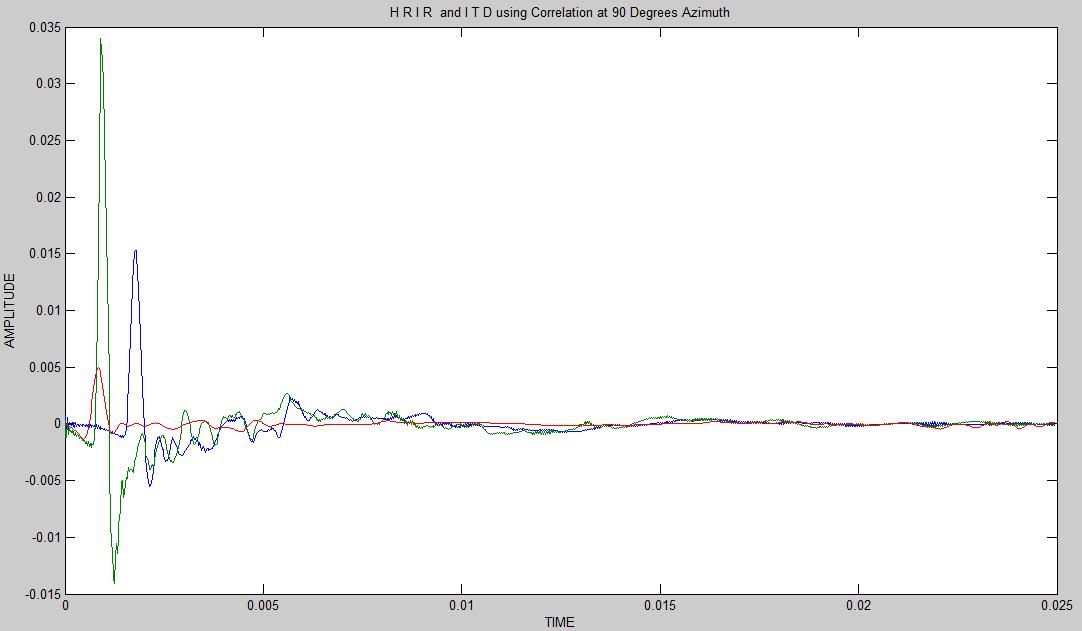Using data coming from random sources, printed into spreadsheets, as parameters to produce sound spatialization can be thought of another approximation to numbers’ interpretation and assimilation.
Take some experiment done on the physics department, doing endless hours or data collection, and then look at this information and process it with modern mathematical, algorithmic tools. You can observe certain shapes on this data, some patterns and tendencies, statistical movement, etc. If this information is then used as input to an audio system, that synthesizes sound or creates a virtual acoustic space, it could be used to reproduce several dimensions of this data and show great amounts of information, stimulating the naturally sensible auditory sense to intuitively understand patterns or behaviours.
In other words, when using a multichannel audio system to create sonic illusions in space by panning sound and frequency filtering over some speakers, positioning virtual sound sources (spatializing) on some specific points of the listening space, the numbers that control this coordinates (x,y,z) can be taken from spreadsheets (.xls), making the movement of a given sound source, to vary on the X axis, and change in the way population growth curves do (like from an Europe´s population growth data for instance). Other factors that can be controlled on an audio installation such as this are the frequency of pure tones and different types of filters, amplitude, phase, sample reading, and playback speed; and at the same time, this factors can be controlled by some data to render spatial sound and used to synthesize it.
You can expect to have natural or organic sounds coming of the speakers if the information used to generate them is coming from a natural process, and just as organic systems do, these sounds form the sonic version of natural archetypes. I am thinking about growth, movement, density, energy production/transformation/consumption, economic activity, etc. At the very end, everything follows natural archetypical shapes.
I then think, these natural sounds, with their characteristic patterns or forms, can be interpreted, understood and used after obtaining a broad understanding of them. This means that starting from the natural forms on natural systems, compositions can be designed (from the sound point of view) to be used as input in human activities, such as economy, and the politics and structures that later drive the same sounds being designed. Good sounds, patterns, harmony and resonance could be composed on a symmetrical way about how nature is copied into sounds. The path is nature, its understanding and abstraction, and later application to human creations. Iteration is of course a key factor on the development of such feedback loop.

tsss, siiiiii!!!! todo está en la naturaleza, dale fuertemente, ahí está la verdad, que interesante fíjate!!!!! 🙂 estoy orgullosa de ti!!! siiiii!!! me gusta la ultima foto! fractalizando el asunto!